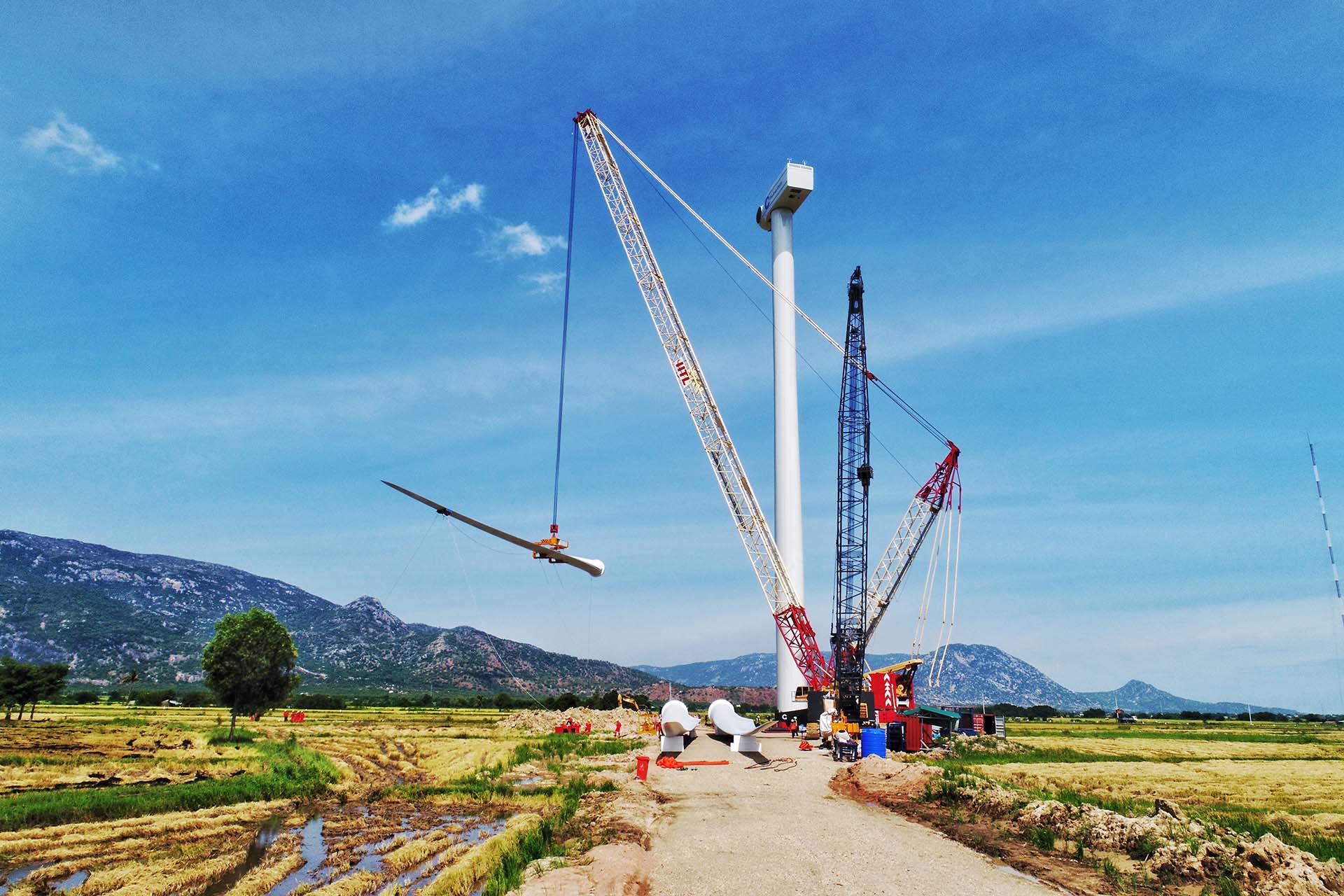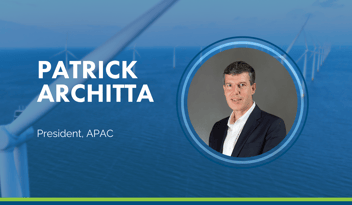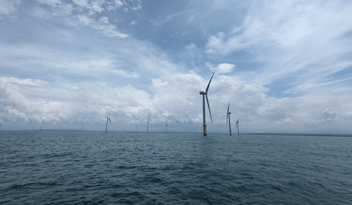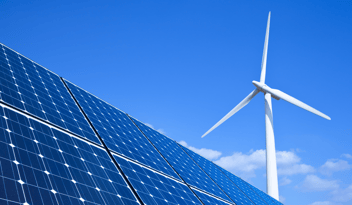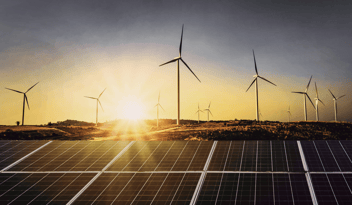Getting construction right in emerging markets throws up many challenges, but also opens up a myriad of opportunities. Adding to the discussion from our previous two posts about the double-edged sword that is technical advancements and assembling the right team at the right time, it’s important to look at the risks involved and how understanding them can turn risks into opportunities.
Understand the risks
Due diligence takes on much more significance when working in emerging markets and understanding and mitigating the myriad of risks upfront can enable developers to turn some risks into opportunities.
The price of contracting can inadvertently be higher in emerging markets than in developed ones due to the lack of knowledge of all potential risks, but this shouldn’t deter developers if thorough due diligence is carried out, as risks can be planned for via contract relief, contingency planning or alternative methods.
This isn’t an excuse for scrimping on costs and appointing the cheapest contractors though, as without the necessary checks this can often end up becoming a more expensive option in the long run. Issues like inadequately carried out environmental surveys can cause development applications to be delayed or denied.
What has become clear to many developers in established markets is the value of local opinion and an all-too-often overlooked activity is adequate stakeholder engagement and management. Stakeholders, especially those who are unaware of being a stakeholder or those with negative views, can easily delay or stop a project in its tracks at any phase.
Investing the time to run a comprehensive tender process and developing a contracting management system can help ensure the best candidates for the project are selected and managed throughout the development phase. Coupled with stakeholder buy-in, this in turn can help to reduce instances of delays, cost overruns and other common issues that plague construction projects.
Examples of some of these risks can be seen across African projects including the Lake Turkana Project in Kenya. This project cost approximately USD 680 million and had an installed capacity of 310MW for commercial use in 2017. Despite the significant potential of the project to deliver power to the country, the 428km transmission line to connect Lake Turkana to the national grid suffered numerous delays, ranging from land management issues with local communities to the main contractor filing for bankruptcy.
The delay will likely have increased the project costs significantly, but the intervention of the Government of Kenya fast-tracked the completion of the transmission line and since October 2018, clean power has been exported from site.
You can catch up on the rest of the insights in this four-part series!
Read part 1: Technological advancements – a double-edged sword
Read part 2: Assembling the right team at the right time
Coming next: Hope for the best, plan for the worst
